Access to COVID-19 Vaccine is uneven by race and ethnicity:
Experts Respond
by ALYSON CLARY | May 27, 2021
Editor’s note: Since February 2021, the APM Research Lab has independently compiled and analyzed available data on vaccine uptake by race and ethnicity from all states publicly releasing data, reporting our findings on a bi-weekly basis under the title “Inoculation Nation.”
We continue to see a pattern of disproportionate rates of vaccination among communities of color that indicates uneven access to the vaccine.
We’ve asked six thought-leaders from across the country to serve as an online “response panel” to help us reflect on this data. Each was asked to reply to two questions:
What do you SEE in the data we’ve compiled? and
What do you think should be DONE about the data?
Their responses are thoughtful and incisive. They prompt us to think about the structure of our society, the collection and use of data, and success stories within communities. They glance back at where we’ve been and look forward to where we are going. We hope you appreciate their insights as much as we did. Please send us your reactions as well at info@apmresearchlab.org.
Responses below are the opinions of the authors. Appearing here does not imply endorsement by the APM Research Lab. Responses have been lightly edited for clarity and length.
Click one of the profiles below to jump to that person’s response.
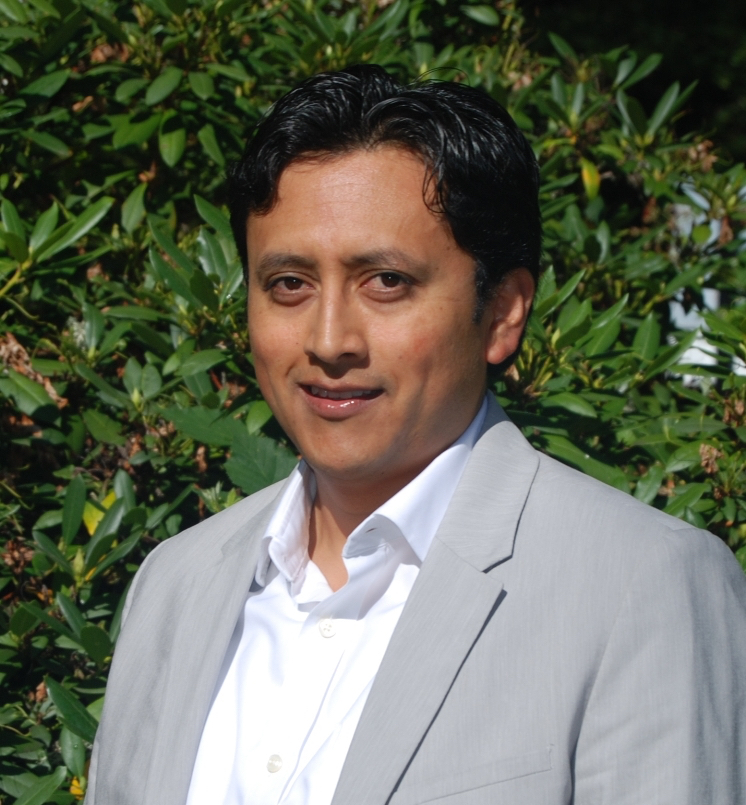
Daniel López-Cevallos,
PhD, MPH
Associate Professor of Ethnic Studies, Latinx Studies and Health Equity at Oregon State University
It’s a confirmation, for the record to show what the disproportionate impact has been for communities of color across the country. And so the inoculation data is important for the record, and for showing the vaccination rates, and appreciating efforts like yours to be a repository of that information but also helping the public make sense of it. Part of the question is what we can do as academics to help contextualize that data.
The ways in which we operate, I think, are called into question. So that at a time of need, these are the very communities that have been neglected before and, unless we very actively challenge and change those practices, we will continue to see that disadvantage is a built-in disadvantage. Again, I think it really points to a way in which our policies, our systems, our practices operate in a way that continue to not serve these communities. Not serve them well, anyway.
Because in that connection between race, ethnicity, and wealth, then we can certainly call on local governments, the federal government, state governments to tend to those populations that may be cutting across race/ethnicity classifications, categories, but that also makes our analysis and therefore our responses to it more nuanced.
In terms of what should be done: I think, at the local level, partnership with community-based organizations that are more trusted by the community, local leaders and elected officials that are trusted by the community. I see some of that. On the other hand, I see people asking [for] proof of insurance [to be vaccinated] when you don’t have to. That is not a requirement so why do we even ask? That is an unnecessary barrier. But imagine what that would signal [to someone] when they're interacting with a public agency, what that may entail for certain segments of the population. And so it is their continued effort to meet these communities where they're at. And I think in some cases, some local communities are doing better than others, but it has to be more intentional, more robust, to meet our goals of vaccinating a majority of the US population.
Editor’s note: The above response was transcribed from a recorded conversation between Daniel López-Cevallos and APM Research Lab staff. The conversation was edited for length and clarity.
BACK TO TOP▲
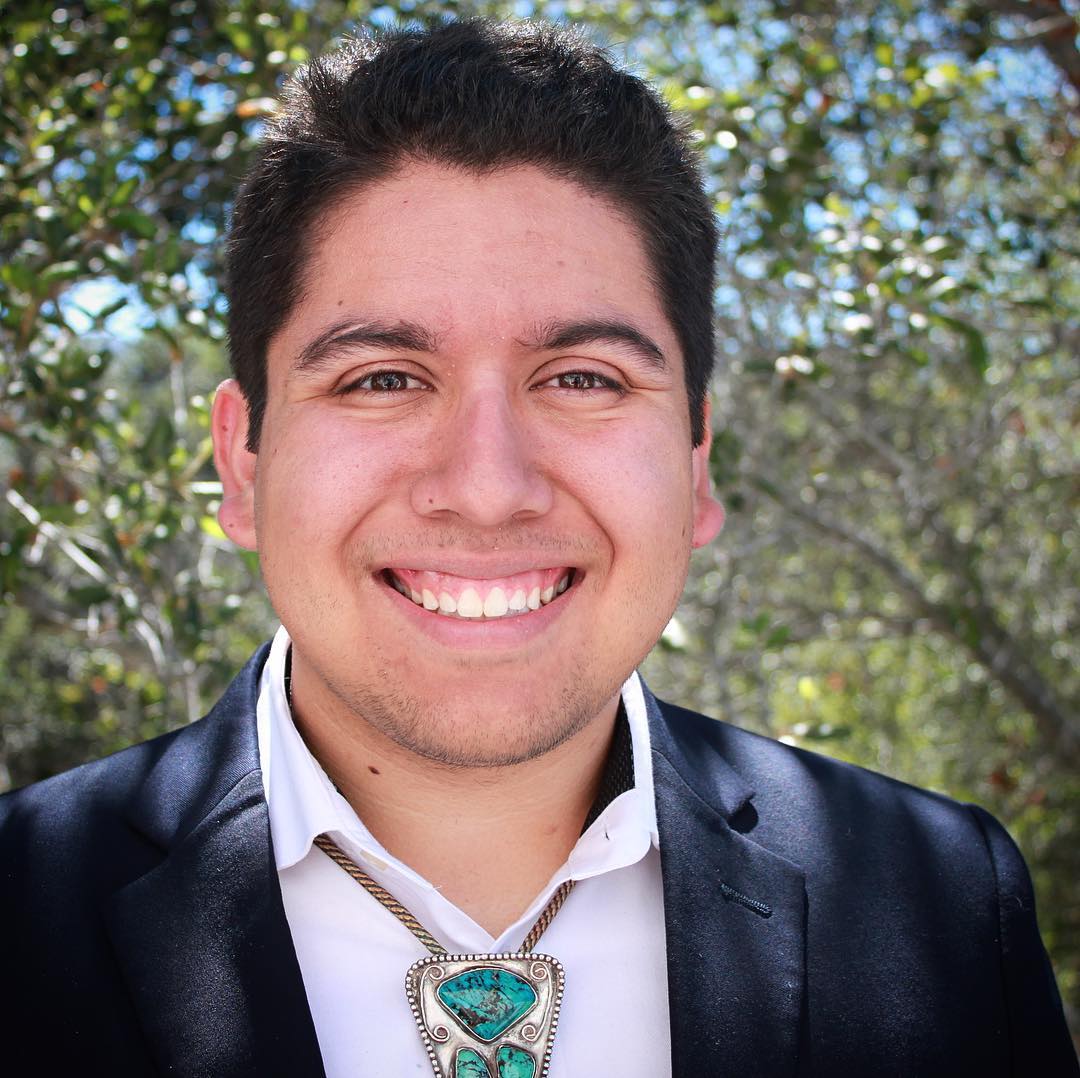
Alec Calac (Luiseño)
Medical student at the University of California, San Diego
Policy Director for the Association of Native American Medical Students
It is almost instinctual for me to question every data figure that purports to represent Indigenous people. I ask myself, who (state, federal, tribal) collected the data? What is the denominator—who is (not) represented? I am confident that I am included in this data because I was vaccinated at an academic medical center, but would I have been included in state figures if I had been vaccinated by the Indian Health Service? I am not sure.
I want to focus on the denominator here, because I am not sure that it is helpful to look at statewide vaccination coverage for Indigenous residents. Instead, I would want to see vaccination coverage at the level of discrete Indian Health Service (IHS) service units, which are tribal or federal entities overseeing the delivery of healthcare for communities within the Indian health system, much like we evaluate data at the level of specific counties or census tracts.
For example, the Navajo Nation, which spans large parts of Utah, Arizona, and New Mexico, has led a largely successful vaccine rollout, vaccinating 92.5% with at least one dose and fully vaccinating 41.0% of their on-reservation population (Source: Navajo Times). This is just one example. There are many tribes across the country that have similar coverage. The success of the vaccine rollout across Indian Country is not immediately clear to me after reading Inoculation Nation, because many states do not meaningfully engage with tribes and think to represent their data in a way that highlights the strength of the tribal response during the pandemic. For me, this brings into focus a clear message: the presence (or absence) of Indigenous people in data and the subsequent interpretations of these data will always depend on the reporting entity and what their relationship is with Indigenous communities.
When the Urban Indian Health Institute surveyed Indigenous people about their attitudes and beliefs regarding COVID-19 vaccines, 74% percent of all participants believed getting vaccinated is their responsibility to their community. If I had participated, I would have said the same.
My father and I were the first people from our tribe to receive a COVID-19 vaccine in January as part of Phase 1A. He is a physician, and I am a medical student. We have worked closely with the Association of American Indian Physicians and Association of Native American Medical Students to promote confidence in and address hesitancy toward COVID-19 vaccines. With vaccination coverage for Indigenous residents meeting national averages or even surpassing them across the country, it is important to display data that points out areas of success while also highlighting areas for increased community outreach and education.
Learn more about Alec’s work with the Association of Native American Medical Students.
BACK TO TOP▲
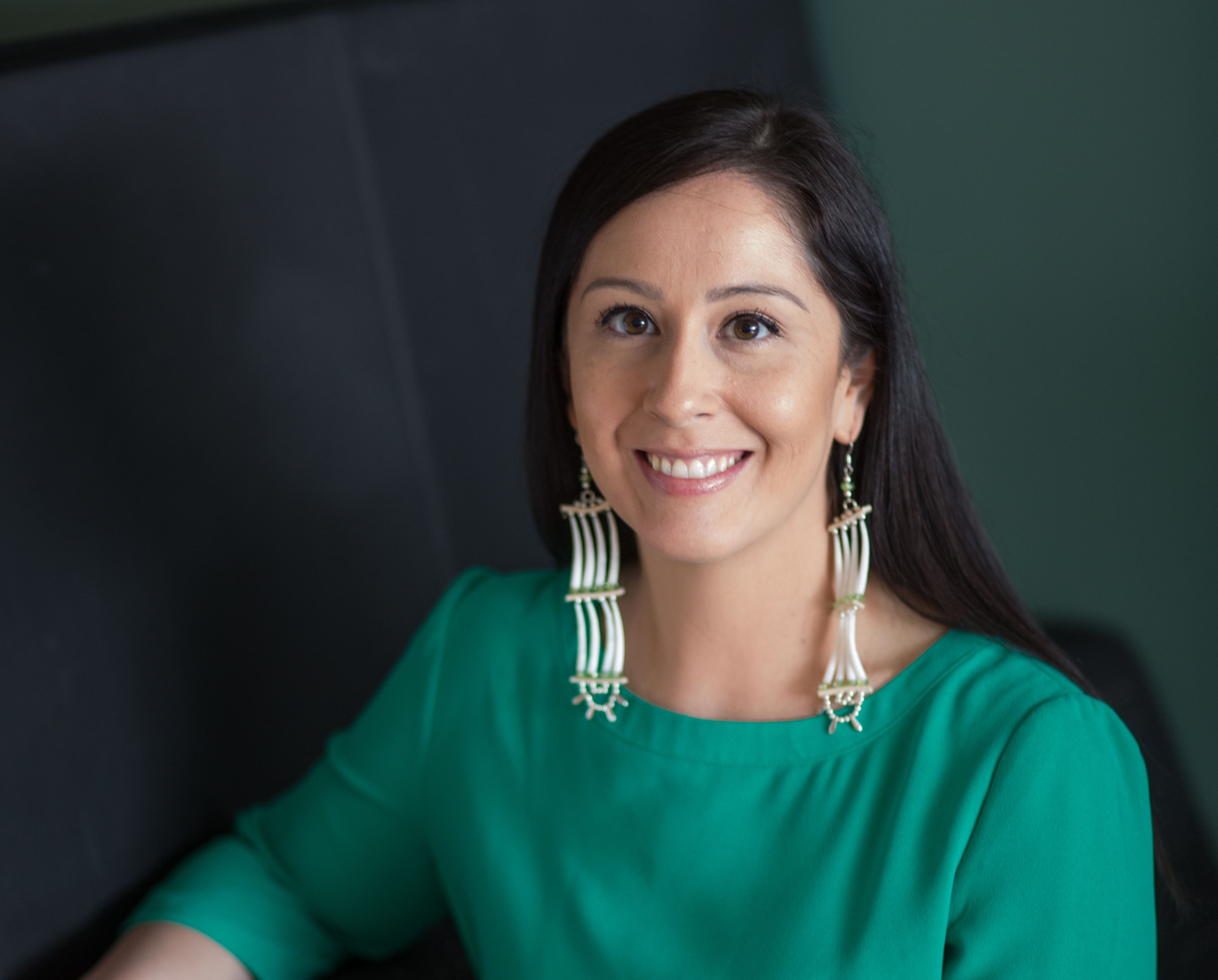
Victoria M. O’Keefe, PhD
(Cherokee Nation/Seminole Nation)
Mathuram Santosham Endowed Chair in Native American Health, Johns Hopkins University
Assistant Professor, Department of International Health, Center for American Indian Health, Johns Hopkins Bloomberg School of Public Health
Licensed Psychologist
Because many of our communities have been disproportionately affected by COVID-19, Native peoples tend to be acutely aware of the threat of COVID-19 and express high demand for vaccines in surveys and focus group discussions. Yet COVID-19 vaccine coverage is challenging to calculate due to highly variable vaccine access by geographic location. As a result, we think the data show a significant undercount in the proportion of Indigenous peoples vaccinated. For instance, looking at Arizona, the data seem to show that approximately one-quarter of Native residents have received one vaccine dose. However, there is a clear gap in what we know—nearly one million vaccinated residents of Arizona had unknown or multiracial status. That’s nearly one-third of all vaccinated residents of the state. Meanwhile, data from the Navajo Nation, which makes up a portion of Arizona, indicate that 70% of tribal members have received at least one dose.
Tribes and Urban Indian Organizations are leaders in their phenomenal COVID-19 vaccine rollout efforts and other U.S. communities could learn from their experiences. Tribal Nations and Urban Indian Organizations prioritize access to COVID-19 vaccines based on needs and preferences of their communities. For example, several communities are prioritizing tribal language speakers, Elders, and cultural keepers. Additionally, outreach campaigns demonstrate tribal sovereignty, care for entire communities, and promoting strengths for current and future generations.
We support other Native organizations (e.g., Urban Indian Health Institute) calling for greater standardization of data collection and reporting of race/ethnicity to better compare data across areas. It is especially important to disaggregate the “multiracial” or “other” category, given that individuals identifying as American Indian/Alaska Native and another race/ethnicity make up one of the fastest growing multiracial groups in the U.S. The Urban Health Indian Institute published reports highlighting Best Practices for American Indian and Alaska Native Data Collection and a COVID-19 Data Report Card that describe this and other issues in depth.
Learn more about Victoria’s work at the Center for American Indian Health.
BACK TO TOP▲
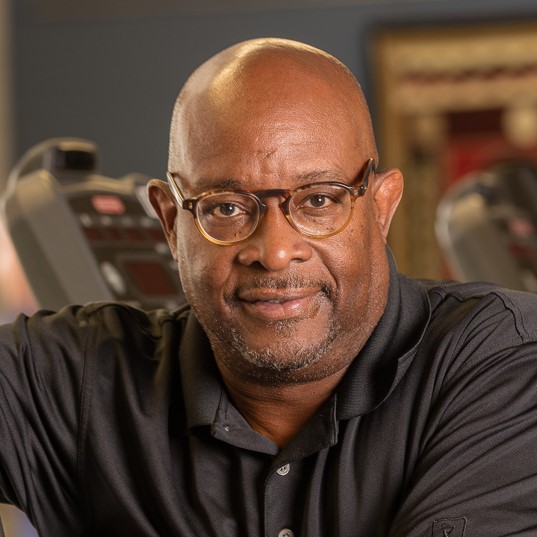
Rev. Eric D. Williams
Pastor at Calvary Temple Baptist Church and Executive Director of Calvary Community Outreach Network in Kansas City, Mo.
The numbers tell a sad and disgusting story of distrust of systems and organizations that have been charged to serve all of God’s Children. Over the years these institutions have been complicit in perpetuating the policies and practices that contribute to the disparities that we see today.
With Black Missourians lagging near the bottom of the list of the vaccinated, our county legislators recently unanimously approved funding for an exciting program called Our Healthy KC Eastside (OHKCE).
This community-wide project led by Dr. Jannette Berkley Patton, gifted professor and researcher with the University of Missouri-Kansas City School of Medicine aims to promote and deliver widespread COVID-19 vaccination and other health services for Kansas City’s most socially vulnerable community.
Building on nearly two decades of large-scale collaborative community studies and programs, Calvary Community Outreach Network (CCON) will collaborate with Dr. Berkley Patton to fully engage a group of 120 community influencers including pastors, business owners, youth organization directors and neighborhood association presidents. This will help us to reduce vaccine hesitancy medical mistrust, inconsistent messaging, myths, limited vaccination access, and racism.
Learn more about Eric’s work at Calvary Temple Baptist Church.
Listen to Eric describe outreach efforts by his church and other community members in Kansas City, Mo., in this interview on KCUR.
BACK TO TOP▲
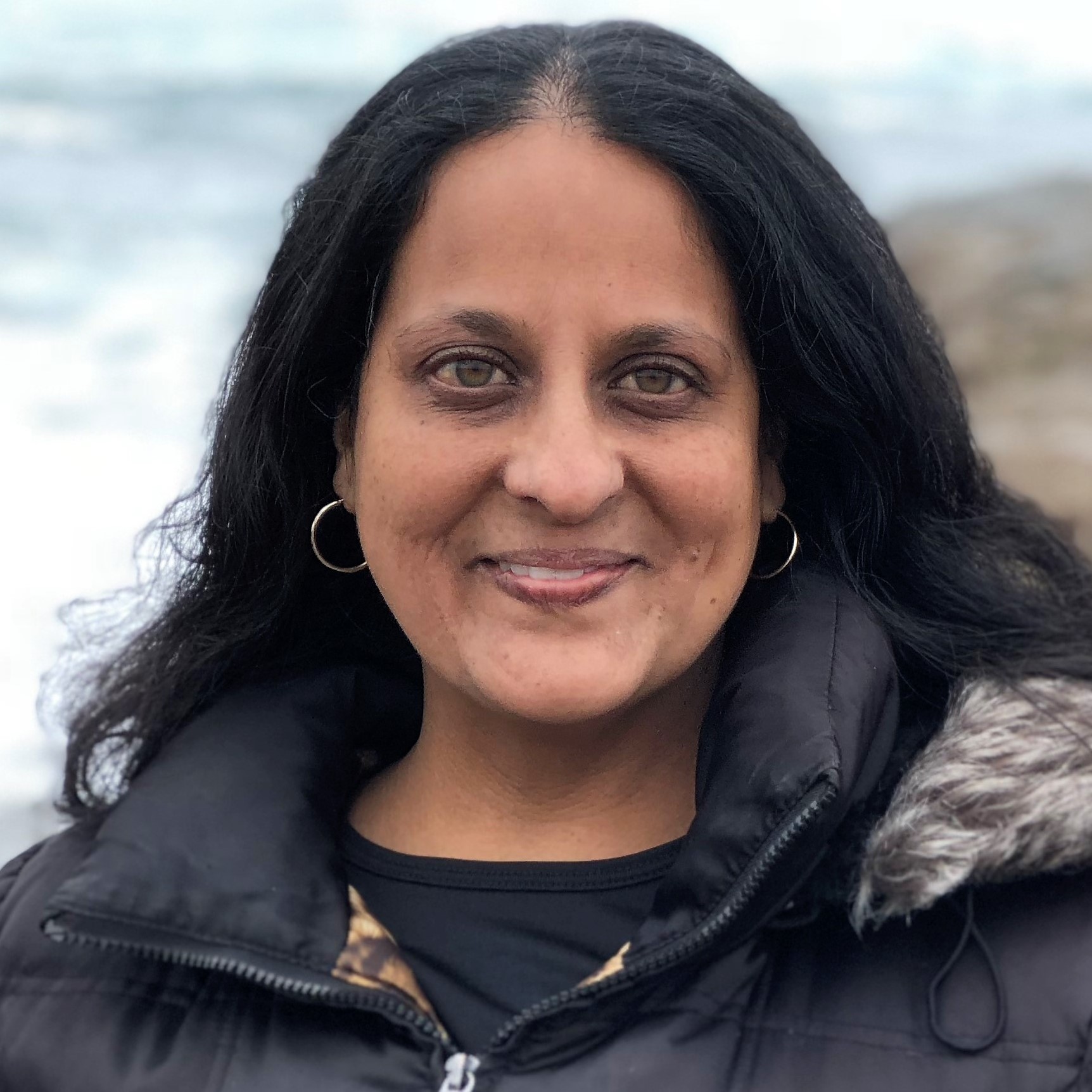
Kala Mehta, DSc, MPH
Director of the NIH-BUILD Research Collaboratory
Associate Professor of Epidemiology and Biostatistics at the University of California, San Francisco
[I see in the data that] African American and LatinX communities have disproportionately lower proportion vaccinated compared to Asian and White communities in the US.
Our team at UMOJA Health brought together a coalition. Together, we have increased vaccination in census blocks with the lowest percentage vaccinated in our local area. The work centers around a "For Us, By Us" model. We listen.
Learn more about Kala’s work at University of California, San Francisco and at UMOJA Health.
BACK TO TOP▲
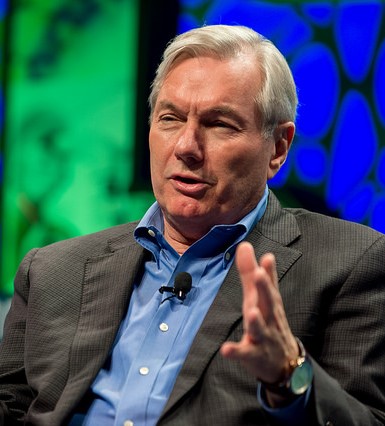
Michael T. Osterholm,
PhD, MPH
Regents Professor, McKnight Presidential Endowed Chair in Public Health, Director of the Center for Infectious Disease Research and Policy (CIDRAP), University of Minnesota
My first question is: which 16 states are not included? Because that could have a big impact in terms of what the actual percentages are based on uptake in some of those states. You know, 34 is a great number but if there is a systematic bias, it could have a big impact on your data. For example, are the worst or the best not reporting it out so you could get it?
The second thing is: the one dose issue. It's not going to be a big issue, but we can see among Black Americans a much higher uptake of the Johnson & Johnson vaccine that was available as such. One of the areas you may want to look at is who has received both doses, if you can, or the one dose of J&J. I believe you might find in both Black and Latino [populations] a substantial increase in the percentage of those who are considered protected with one dose J&J versus the total number of people who received both doses of mRNA vaccine.
